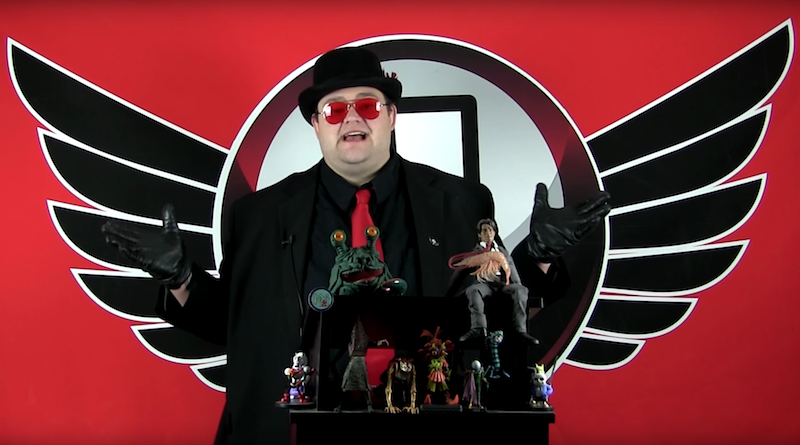Industry Continues Fight On Costs
While inflation has continued to have an impact in all mediums of entertainment, it has had a particularly interesting effect on the video game world.
From the beginning, video games have been an expensive luxury, allowing few people to possess them due to the extra cost. While the people of 2013 thought Microsoft was crazy to sell their new console for $500, the Nintendo Entertainment System of the 1980s was far more expensive when adjusting for inflation, especially due to its significantly inferior hardware.
In order to make games more affordable, developers set the maximum price for most software to $60 in 2005, and few companies have strayed above that daunting price tag with their releases. According to IGN, a game priced at $60 adjusted for inflation equates to more than $100 in expenses. This has been a nagging issue in value for the game developers that had their game budget increased more than a decade ago.
This issue is currently in the spotlight after the backlash that recent AAA games, those of the highest quality in the industry, used predatory practices such as pay-to-win micro-transactions and loot boxes to build revenue.
Multiple government agencies around the world are reviewing these practices to determine the legality. People from the gaming industry are equally divided on what to do, however, no developer wants to pass the $60 mark.
“We have to decide what we want,” said James Portnow, developer for Extra Credits. “Are we content paying more for these games at launch? The data suggests that many are not willing to do so, [meaning] we are going to have to learn to live with loot boxes or micro-transactions.”
Famous video game critic Jim Sterling is on the opposite side of the debate. He has argued that games containing micro-transactions and other revenue-generating functions should be free to play, similar to the mobile market.
“In some ways, you can argue that major publishers have embraced a much-needed business model,” said Sterling. “The only issue is that they have also kept the old business model, [allowing both upfront costs] and back-door expenses.”
Without a doubt, the gaming empire appears unstable in its current state. EA’s controversial usage of loot boxes in this year’s “Star Wars Battlefront II” release is a prime example of developers standing their ground. Still, many of these companies refuse to surpass the $60 ceiling, something all gamers can appreciate.
“My console already costs more than $300,” said Eddie Jones, freshman. “I definitely wouldn’t purchase games at $80 price points, and I feel most developers respect that to be the general view of consumers.”



